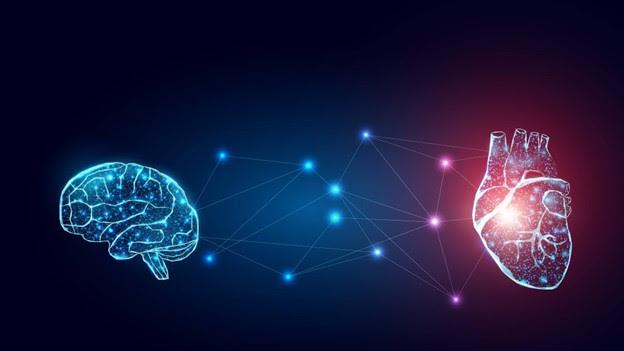
403
Sorry!!
Error! We're sorry, but the page you were looking for doesn't exist.
The Brain-Heart Connection: Mayo Clinic Expert Explains A Powerful Impact That Works Both Ways
|
World Heart Day is September 29 |
|
|
|
|
| Dubai, United Arab Emirates;September 2025 - You may have heard of the mind-body connection: the broad concept that thoughts and feelings, especially those related to stress, can influence physical health. Mohamad Alkhouli, M.D., an interventional cardiologist at Mayo Clinic in Rochester, Minnesota, is researching the relationship between the brain and the heart. Each can have a powerful impact on the other, Dr. Alkhouli explains. “The mind-heart connection is part of the broader mind-body relationship, but it's uniquely powerful. Emotional states like anxiety, grief, or even joy can directly influence heart rhythms, blood pressure, and even the risk of heart attacks,” Dr. Alkhouli says.“At the same time, the heart sends signals back to the brain through nerves, hormones, and pressure receptors-affecting our mood, attention, and stress levels. So, it's not just the brain talking to the heart; the heart talks back. | |
|
|
|
Dr. Alkhouli is part of a Mayo Clinic research team that studies various aspects of the brain-heart connection. The team's research, published in the journal JACC: Advances, suggests a link between spontaneous coronary artery dissection (SCAD), a type of heart attack that often results from physical or emotional stress and another heart condition, stress-induced cardiopathy (SICM), also known as broken heart syndrome.
Broken heart syndrome is often sparked by stressful situations and extreme emotions; it briefly interrupts the way the heart pumps blood. People experiencing it may have sudden chest pain or think they're having a heart attack.
In broken heart syndrome, the heart's temporary weakening doesn't happen evenly: Some parts of the heart fail to contract well, while others work harder to compensate, Dr. Alkhouli says. This uneven motion creates twisting forces on the heart muscle. The research suggests that SCAD can be a secondary event instigated by broken heart syndrome.
“Because the coronary arteries, the main blood vessels that supply blood to the heart, sit on top of the heart, they can be stretched or stressed at the junctions between these overactive and underactive areas during broken heart syndrome,” he explains.“In some cases, this stress may cause a tear in the artery wall, what we call SCAD.”
A question still to be answered is why some people develop broken heart syndrome after emotional trauma while others do not, Dr. Alkhouli notes.
Emotional stress can also increase the risk of other heart conditions, such as:
|

Legal Disclaimer:
MENAFN provides the
information “as is” without warranty of any kind. We do not accept
any responsibility or liability for the accuracy, content, images,
videos, licenses, completeness, legality, or reliability of the information
contained in this article. If you have any complaints or copyright
issues related to this article, kindly contact the provider above.

















Comments
No comment